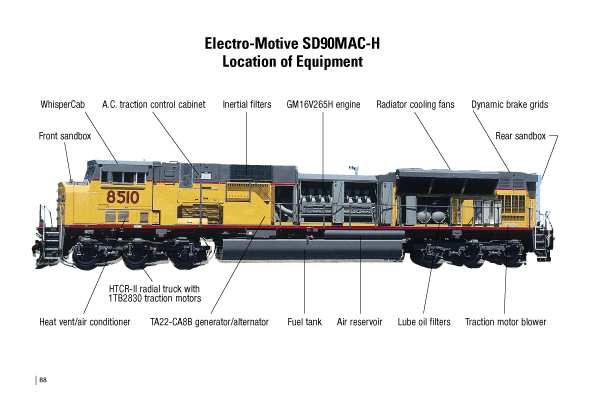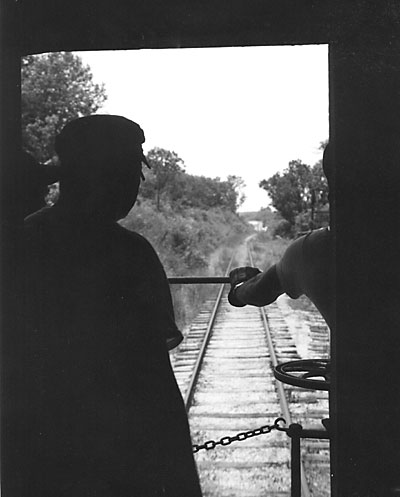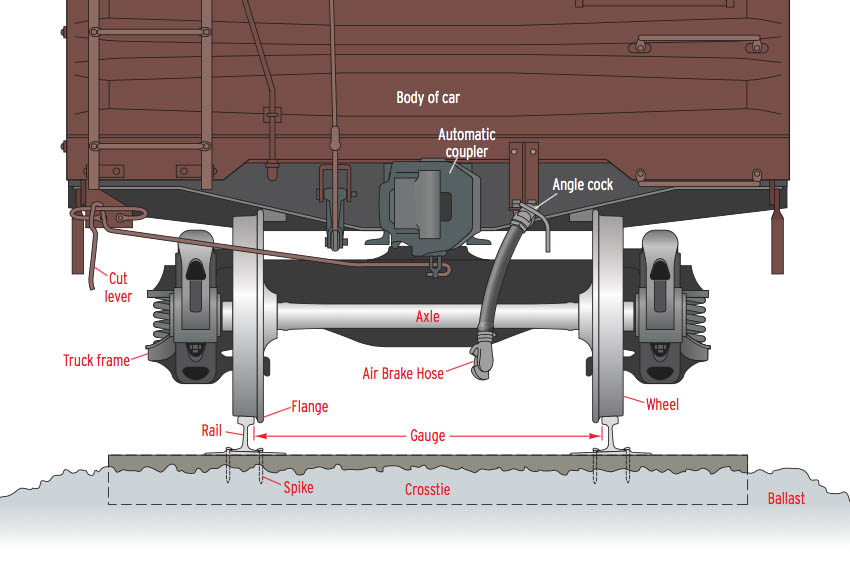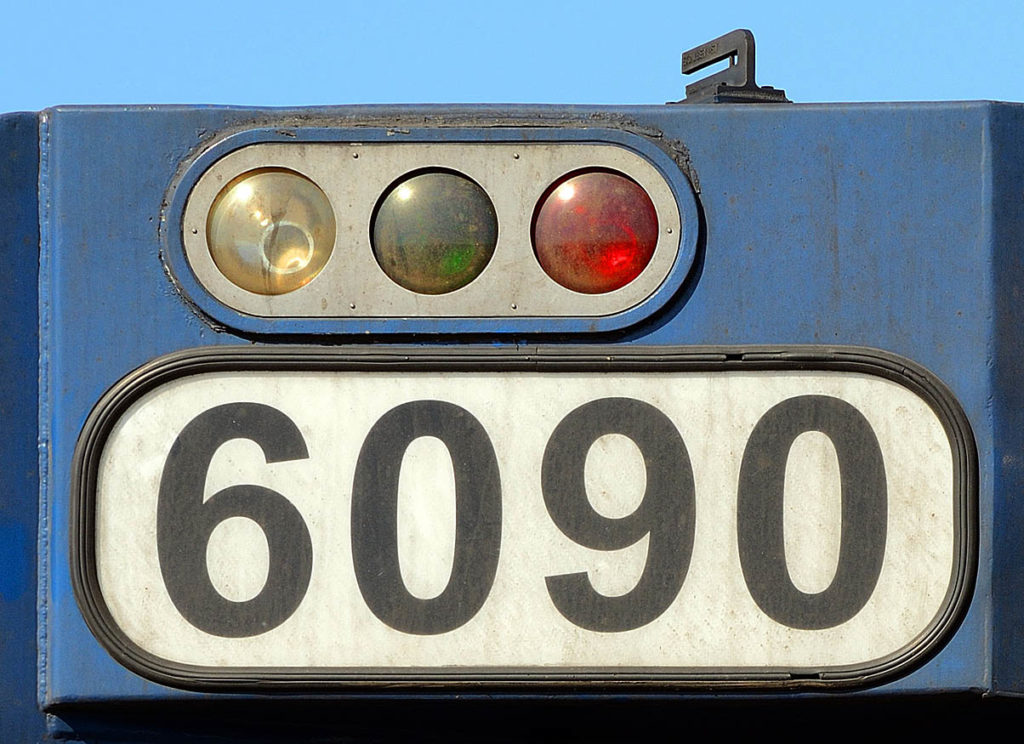
Sample page from Field Guide to Modern Diesel Locomotives. Sample page from Field Guide to Modern Diesel Locomotives. Greg McDonnell’s Field Guide to Modern Diesel Locomotives, from the publishers of TRAINS Magazine, picks up where Louis Marre’s Diesel Locomotives: The First 50 Years (Kalmbach 1995) leaves off. McDonnell includes histories and spotting features of Electro-Motive […]
Read More…
Modern railroad dispatching systems and movement controls have evolved by trial and error into a two-tier system of centralized dispatching and trackside signaling. But while the physical means of controlling traffic converged on a few types of lineside signal equipment – semaphores, position-lights, searchlights, etc. – the colors and arrangements (“aspects”) they presented, and the […]
Read More…

Caboose For more than a century, the caboose was a fixture at the end of every freight train in America. Like the red schoolhouse and the red barn, the red caboose became an American icon. Along with its vanished cousin the steam locomotive, the caboose evokes memories of the golden age of railroading. There are […]
Read More…
Say you’re an engineer running a multi-unit diesel consist on a freight train. During the trip, it becomes necessary to remove the lead unit because of a grade-crossing entanglement, some mechanical problem, or to give to another (underpowered) train. No problem – the second unit can lead as well as the first, so you resume […]
Read More…
Who controls the movement of the trains after the tower is closed? The train dispatcher is the most common heir to the towerman’s duties, but not always. The type of control used depends on the nature and density of the rail traffic handled at the location. Ways to preventing trains from colliding when railroad lines […]
Read More…
An Amtrak train en route from Milwaukee to Chicago on Canadian Pacific’s double-track main line hurtles by a metal cabin and some trackside apparatus. Over the radio, a stilted voice intones “CP detector, milepost five seven point six. Main track: two. Total axles: one six. No defects. Temperature: five three degrees. Detector out.” A moment […]
Read More…
The Association of American Railroads has 11 basic classification of freight cars. Most of the major classes have subclasses, and you’ll find them by clicking on the links below. The following was taken from the July 2002 Official Railway Equipment Register, published by Commonwealth Business Media. The National Model Railroad Association also offers reprints of […]
Read More…
Conrail. Milwaukee Road. Santa Fe. Rail Box. Anyone who watches freight trains is familiar with these and other names blazoned across the sides of freight cars. But that’s just advertising, which some companies omit for economy’s sake. And if a car changes hands, its new owner may not even bother to paint out the old […]
Read More…

Car trucks and carbodies Do you remember running boards and full-height ladders on box cars? They are known in the railway supply trade as freight-car components, and while running boards and full-height ladders have followed the telegraph key and the steam locomotive into railroad technological history, other components remain as key elements of the freight […]
Read More…
Leslie and Nathan may sound like a dull couple from the ‘burbs, but they’re actually the first chairs in railroading’s horn section. The diesel locomotive horn section, that is. Many of today’s train-watchers recognize a railroad by the sound of its diesels’ horns. It’s only natural since sound is a strong memory-jogging sense, second only […]
Read More…

Locomotive classification lights Locomotive classification lights — colored flags by day, lights by night — were once used throughout North American railroading. U.S. railroads used a single light and outer lens, with colored lenses in between that could be changed as needed. Canadian roads used three separate lights; on diesels these were often located near […]
Read More…
Ruling Grade: The maximum meaningful grade on a line; the grade that limits train tonnage. Traditionally, a ruling grade was the grade up which the standard road locomotive assigned to that division could just stagger with a maximum-tonnage train. This grade may not have been the steepest on the division, however. There may have been […]
Read More…




